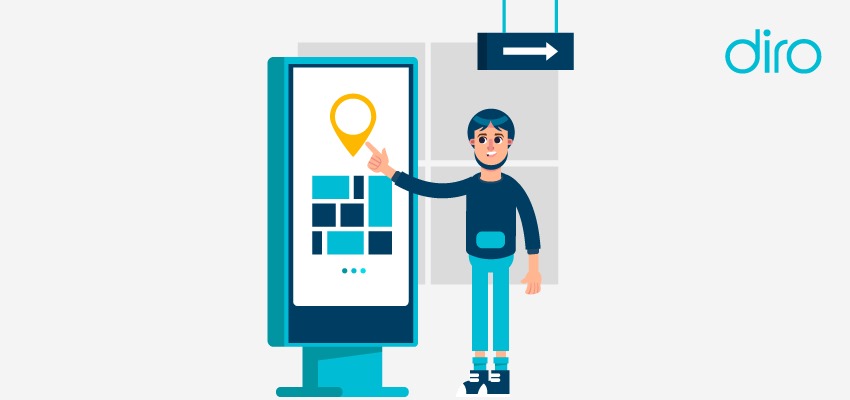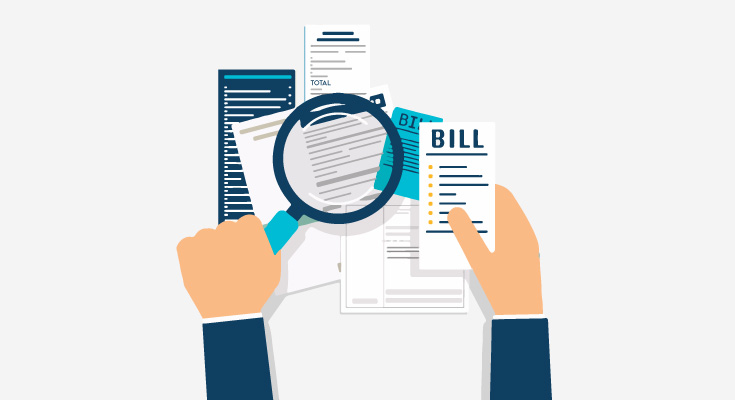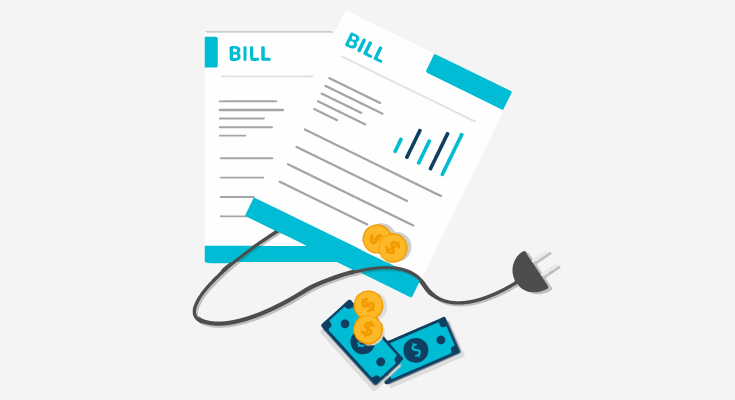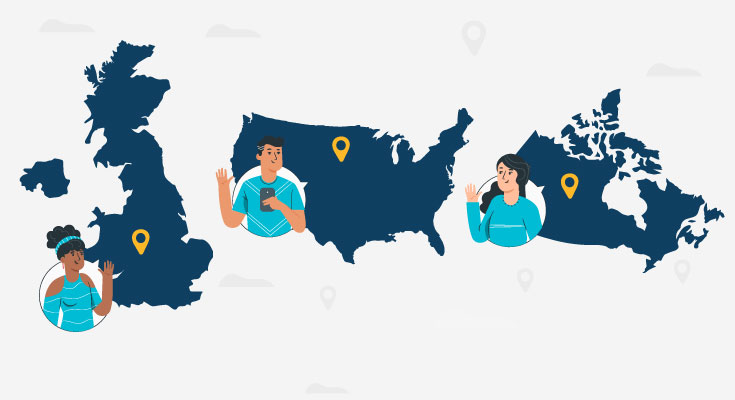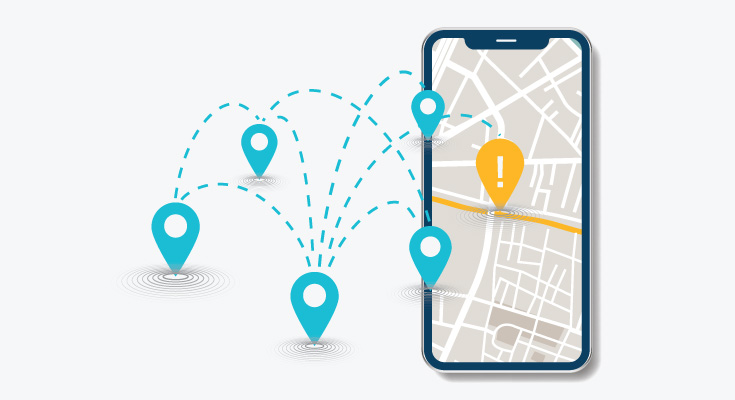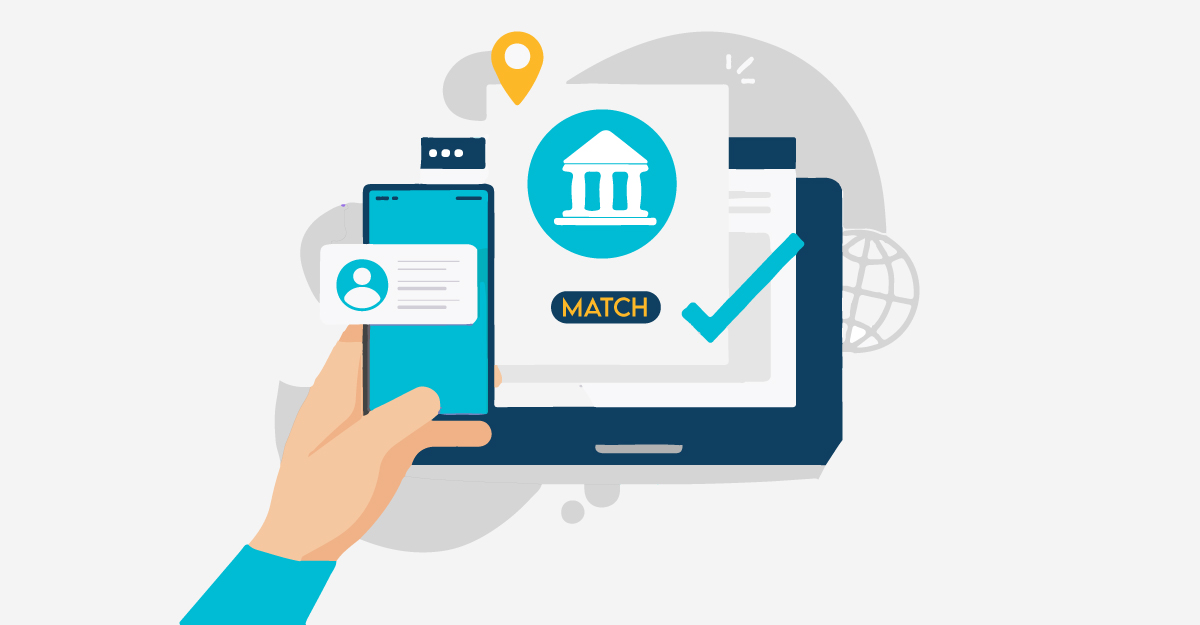Address parsing is used to break down a postal code into its smaller components – street name, building number, city, state, and postal code. With Address Parsing, businesses can analyze, optimize, and store address data easier. It helps in extracting structured data from semi-structured address data.
In this guide, we’ll cover everything you need to know about address parsing. Let’s get started.
Importance of Address Parsing
Address parsing allows businesses to convert unstructured address data into structured address data.
- Example of unstructured address data: 1234 Main St.
- Example 2 of unstructured address: Mainstreet, 567
At first glance, it would be really hard to identify that both of these addresses are of neighboring homes.
Address parsing solves this issue by standardizing address data, an essential feature for sectors like e-commerce, finance, healthcare, and logistics that rely on correct, up-to-date client addresses.
Businesses can do address parsing manually or with specialized software, either open-source or proprietary. Each approach offers distinct advantages and challenges, depending on the organization’s needs and resources.
Types of Address Parsing Tools: Open-Source vs. Proprietary Solutions
- Open-Source Address Parsing Tools: Free to use and modify, these tools are often developed and updated by a community of contributors. Open-source tools can be highly cost-effective and customizable, but they may lack user-friendliness and comprehensive support.
- Proprietary Address Parsing Tools: These tools are usually developed by companies with dedicated support and regular feature updates. They are generally more user-friendly and reliable, but they can be costly and may limit customization options.
Address parsing often works alongside geocoding and address verification tools to achieve accurate results.
Best Practices for Address Parsing
Accurate address parsing ensures businesses have correct, up-to-date customer address data. To ensure accurate collection, storage, and validation of address data, businesses need to follow some best practices:
1. Data Cleaning, Standardization, and Preprocessing
Address parsing can’t be done on an ‘unclean dataset’. A clean dataset in this scenario involves identifying and correcting typos, standardizing formats, and removing duplicates. Example:
- Normalization: Remove unnecessary characters or punctuation and standardize abbreviations, e.g., converting “St” to “Street” or “Rd” to “Road.”
- Ambiguity Resolution: For addresses that may be unclear, apply contextual clues or heuristics, and if necessary, prompt users to provide clarification.
Parsing addresses with a clean dataset can significantly reduce the risk of errors and makes the overall process more efficient. For organizations managing large datasets, address validation and verification tools can speed up this process.
2. Address Validation and Verification
Address verification tools are essential for confirming that addresses exist. This process verifies key details such as street number, city, and zip code. With verification, you can also check for mail deliverability and standardize addresses.
Many address validation forms can be embedded directly into a website to capture accurate, standardized address information from users in real time.
3. Leveraging Advanced Address Parsing Tools
Numerous parsing tools and libraries are available to automate address parsing, often incorporating parsing algorithms and reference data to improve accuracy. Instead of developing a custom parser, businesses can leverage well-maintained libraries or APIs for their parsing needs.
These tools are typically updated regularly, ensuring reliable handling of address variations.
For improved verification, some organizations also use geocoding services to match addresses with geographic coordinates, helping detect format errors and validate locations.
4. Regular Updating and Maintenance
As address standards evolve, updating your address parsing software and practices ensures continued accuracy. Periodic maintenance is essential to account for changes in formatting, regional conventions, and parsing requirements. Regular testing and updates will help identify areas for improvement and maintain data quality.
By following these practices, businesses can minimize errors, enhance operational efficiency, and ensure reliable use of address data across applications.
Real-World Applications of Address Parsing
Address parsing finds valuable applications across various industries, especially when there’s a need to process high volumes of address data. Here are a few examples:
1. E-commerce and Shipping
In online retail and shipping, address parsing validates customer-entered addresses, reducing delivery errors and improving fulfillment. Parsing tools also assist mail carriers in breaking down addresses into essential components, optimizing handling and delivery.
2. Banking and Finance
Address parsing is used to verify identities and prevent fraud. For example, a bank may parse addresses as part of identity verification to detect discrepancies. Additionally, financial institutions use parsed address data for market analysis, enabling better customer segmentation and insight.
3. Healthcare and Insurance
Accurate address parsing is crucial in emergency response, allowing first responders to locate incidents precisely. In insurance, address parsing helps verify accurate policyholder information, enhancing customer service and fraud prevention.
4. Real Estate
Real estate agents use parsed addresses for researching properties and understanding neighborhood demographics. Parsed address data aids in lead generation by pulling contact details and streamlining communication with potential clients.
5. Government and Public Services
Accurate address parsing supports public agencies in their service delivery, from voter registration and emergency response to census data collection and land-use planning.
Challenges and Limitations in Address Parsing
Despite its benefits, address parsing has several limitations:
- Inconsistent Address Formats: With no universal standard for addresses, formats vary widely, especially in international contexts. Parsing tools must accommodate these differences or risk inaccurate parsing.
- Ambiguous Components: Common abbreviations like “St.” can mean “Street” or “Saint,” depending on the context. Algorithms may misinterpret such terms unless contextual information is provided.
- Language and Cultural Variations: In regions with multiple languages, addresses may follow distinct conventions, making parsing even more complex. Specialized rules are often necessary to handle these differences accurately.
- Data Quality Issues: Parsing is only as accurate as the data itself. Incomplete or inaccurate addresses can lead to errors, making it essential to validate data before parsing.
Although technology continues to improve, parsing tools may still struggle with large datasets or complex address structures.
The Future of Address Parsing
While traditional address parsers rely on rule-based systems, advancements in artificial intelligence are transforming this space.
- Machine Learning Integration: Machine learning models, trained on large address datasets, can identify patterns and recognize address components with greater accuracy. These models can learn from address variations and improve parsing accuracy over time.
- Natural Language Processing (NLP): NLP techniques allow parsers to interpret unstructured address data more effectively. Using methods like entity recognition and syntactic parsing, NLP can help extract address components with greater precision.
- Global Standardization and Multilingual Parsing: As international shipping grows, address parsers capable of handling multiple languages and scripts will become essential. Future parsers may include transliteration, enabling smoother address parsing in regions with diverse language use.
- IoT and Blockchain Integration: The rise of IoT will likely drive demand for address parsing in location-based services. Additionally, blockchain technology could enhance data accuracy and security by enabling decentralized address registries accessible by multiple agencies.
The future of address parsing promises greater accuracy and integration with other data systems. Geospatial data, increased internationalization, and a focus on efficiency will shape its continued development.
Final Thoughts
Address parsing offers a powerful solution for organizing address data, making it essential for industries reliant on efficient delivery, accurate data, and logistics management. Today’s parsing tools are only as effective as the data provided. Using validation tools to ensure accurate inputs can greatly improve the parsing process, minimizing errors and ensuring that addresses are up to date.
As address parsing technology advances with AI, geospatial data, and international capabilities, its impact on business operations and customer satisfaction will only grow. Address parsing will continue to streamline data processing for companies, governments, and institutions worldwide, contributing to smoother operations, improved service, and better strategic decisions.
